Search
Remove Ads
Advertisement
Summary 
Loading AI-generated summary based on World History Encyclopedia articles ...
Search Results
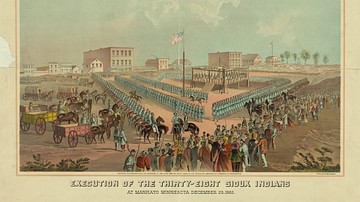
Article
George W. Crooks' Account of the Dakota War of 1862
George W. Crooks' Account of the Dakota War of 1862 is a narrative of the events leading up to the "Minnesota Massacre" known as the Dakota War of 1862, given by the Dakota gentleman George W. Crooks (l. c. 1856-1947) in 1937 when he was...
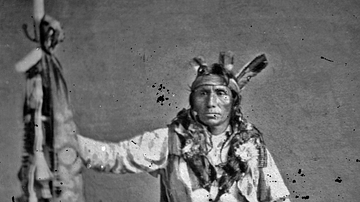
Definition
Little Crow (Eastman's Biography)
Little Crow (Taoyateduta, also known as Little Crow III, l. c. 1810-1863) was a Dakota Sioux chief best known as the leader of the Mdewakanton Dakota (Santee) Sioux during the Dakota War of 1862. After years of trying to maintain peaceful...
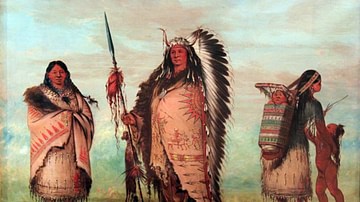
Definition
Sioux
The Sioux are a native North American nation who inhabited the Great Plains region of, roughly, modern Colorado, Montana, Nebraska, North Dakota, South Dakota, and Wyoming. They are one of the many nations referred to as Plains Indians who...
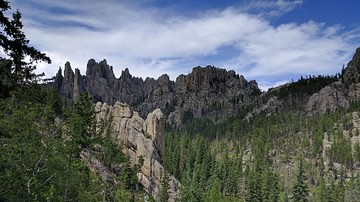
Image
Black Hills, South Dakota
Image of the Black Hills, South Dakota, sacred land of the Sioux, as seen from Needles Highway.
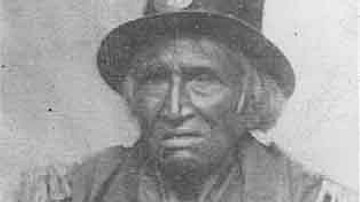
Definition
Tamahay (Eastman's Biography)
Tamahay (Tahama, Tamaha, "Pike", l. c. 1776-1864) was a Mdewakanton Dakota Sioux guide and scout who sided with the Americans against the British during the War of 1812. He was a famous advocate of the American cause and a close friend of...

Image
Dakota Sioux Chief Little Crow
Dakota Sioux Chief Little Crow (l. c. 1810-1863), famous for his leadership during the Dakota War of 1862. Photograph by Julian Vannerson (l. 1827-1875), taken in 1857/1858.

Video
America's Largest Mass Execution: Dakota War 1862
This is the darkest chapter in Minnesota History. In Mankato, 38 Dakota were hanged in the largest mass execution in United States History. Just under Fort Snelling, over a thousand Dakota were held in a concentration camp where hundreds...
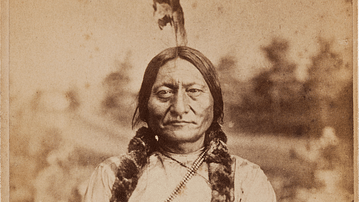
Definition
Sitting Bull
Sitting Bull (Tatanka Iyotanka, l. c. 1837-1890) was a Hunkpapa Sioux holy man, warrior, leader, and symbol of traditional Sioux values and resistance to the United States' expansionist policies. He is among the best-known Native American...

Image
Mass Hanging of Dakota Sioux in Mankato, Minnesota
Execution of the thirty-eight Sioux Indians at Mankato Minnesota, December 25, 1862. Print by Buffalo: Hayes Litho. Co., c. 1883. President Abraham Lincoln ordered the mass execution of 38 Native Americans in Minnesota for revolt against...
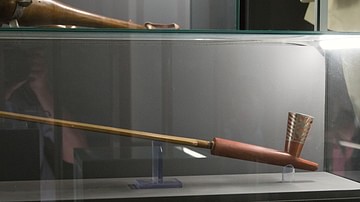
Image
Dakota Ceremonial Pipe
Ceremonial pipe. The bowl is made of soft red pipestone, also known as catlinite, with a carving and tin liner. Vojta Náprstek received the pipe as a gift from the Dakota in 1856.
National Museum, Prague.